Rules for spring planting pear seedlings in cold climates
The pear is a rather finicky tree. In order to get a good harvest in the end, you need to not only carefully care for it as it grows. It is equally important to know how to plant a pear correctly, planting in spring or autumn, which varieties are more suitable for your region. It is better to study the answers to these questions in advance. Preliminary preparation may be required for planting. In addition, it is not enough to know the basic rules of growing fruit trees - with pears, everything is a little more complicated.
Why is it better to plant in spring
The pear can be planted both in spring and autumn. Let's figure out which time of the year is better to choose in each specific case.
Reasons for planting in the fall
- At this time, it is worth planting pears for those who live in hot southern regions. The seedling may simply not survive the summer in such areas.
- But when faced with winter, which in these places is not so severe, the future tree will become more frost-resistant and strong.
- If you start planting in the fall, you will find a wider selection of seedlings.
Planting in the fall is possible only until October 15th.
Reasons for planting in spring
- This time of year is preferable for those living in the northern regions (in particular in the Leningrad region). A young pear planted in autumn will definitely not be suitable for the winter climatic conditions in this area.
- But in summer and autumn, the seedling will grow up, become stronger and will be ready to meet winter.
Residents of the middle lane also prefer planting in the spring.
If you live in a cold region, then it is better to plant a pear in the twenties of April. True, the landing pit will still have to be prepared in the fall. Seedlings can also be purchased in advance - you just need to dig them in.
How to dig in seedlings
The procedure is simple, the main thing is to follow the algorithm below.
- Dig a groove about half a meter deep. Do this in a dry and windy place.
- Remove all leaves from the plant.
- Submerge it completely in water for twelve hours.
- Cut off the damaged roots.
- Place the plants in the groove (twenty centimeters apart) so that the branches remain on the surface. In this case, the roots should face north.
- Gradually cover the hole with soil while watering the roots. Tamp the ground.
- With the onset of cold weather, sprinkle the ditch with earth mixed with sawdust.
Site preparation
First, you need to choose a landing site according to the following criteria:
- it must be well lit;
- protected from the wind;
- the soil should not be clayey and dense;
- the neighbors of the tree are also important (you should not plant it next to the mountain ash: they are susceptible to attacks by the same pests, and if one of the trees is infected, the other will also be under attack).
As mentioned above, you need to prepare the pit in the fall. During the cold weather, the soil will settle down a little. If you do not take care of the place in advance, then the shrinkage will occur later in any case, but because of this you will be faced with the deepening of the pear root collar. And this is dangerous for the tree. If you did not have time to make a hole in the fall, you can postpone it until spring. Only you need to prepare it at least a week before planting.
The depth of the hole should be about half a meter. The top layer of earth, dug out of the hole, must be mixed with fertilizers (peat and humus are also suitable). Fill the bottom of the hole with this mixture, forming a small hill. Drive a peg into it. Before this, it will be useful to loosen the bottom and make notches on the walls of the recess. This will encourage root growth.
You can also fill the pit completely with soil mixed with fertilizer.And later make a deepening in it.
Important!
Fresh manure cannot be used as fertilizer.
Procedure
When the pit is prepared and the time is right, you can start planting. Right before that, you need to process the seedling.
- Trim the most powerful roots so that the length does not exceed ten centimeters. You need three to five pieces of large roots, the rest should be small, and in large quantities.
- Cut off the top of the plant - eventually it will be eighty centimeters high.
- Put in a bucket of water for an hour - only the roots should be in the container.
Advice
Additionally, it is worth adding special growth stimulants to the water.
Experienced gardeners have their own secrets, but we'll cover the traditional planting order.
- If you completely covered the hole with soil with fertilizers, then make a depression in it and form a mound. If you immediately left the mound, then proceed to the next step. Thanks to this elevation, the root collar should be two centimeters above the ground.
- Gently lower the seedling into the hole and start filling it with soil. At the same time, there should be no free space around the roots. To do this, pour water at the same time as adding earth.
- Having covered everything with earth, arrange the sides around the pear and pour it again.
- Tie the plant to a peg.
- Sprinkle peat and sawdust over the planting site.
Watering and fertilizing
You need to know the rules of care, and not just how to plant a pear. In the spring, trees planted at this time need a lot of moisture. They need to be watered regularly in the morning or evening. Of course, there is no problem with this in the Leningrad Region. And it is better to irrigate yourself with a spray that will simulate rain. Another way is to dig a small ditch around the planting and pour water into it. At the same time, immediately after watering, you need to loosen the soil - for even distribution of moisture and providing the roots with oxygen.
In the Leningrad region
To plant pears in the Leningrad Region, you will have to learn a few more subtleties, as well as be more attentive to the rules described above.
- In these places, it is even more important to tie the seedlings to a support. A strong wind can destroy even an already grown tree.
- It will be useful to enrich the local soil with ash. Fill a liter jar with it - this amount is enough for one hole.
- The soil here is more clayey, so the hole should not be as deep as it is done in other areas.
- In some parts of the region, acidic soils can also be found - there are special fertilizers for them.
- In these places, only early varieties of pears often ripen.
Let us dwell in more detail on the varieties that are more suitable for the Leningrad region.
- "Bergamot" - differs in large fruit size, sweetness and juiciness. Ripens in late summer.
- "Fabulous" - the first years bear little fruit, then more. The main advantage is frost resistance.
- "Dekabrinka" - ripens late, in August. But it is resistant to diseases and pests, and the fruits are stored for more than a month.
- "Century" - has a sour taste, ripens by the end of September. Very hardy.
Output
As you can see, planting pears requires some preparation. You need to decide in advance at what time of the year you will plant the tree (and this depends on the region). Having chosen the spring time, take care of the planting site and the purchase of a seedling in the fall. Make no mistake when choosing a fertilizer.
If you live in the Leningrad region, then pay a little more attention to preparing for planting. It is important to install the support. The soil requires additional fertilization. In addition, you need to carefully choose the varieties of pears.
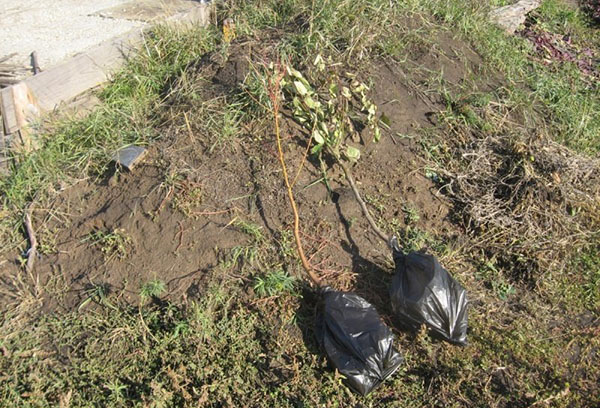

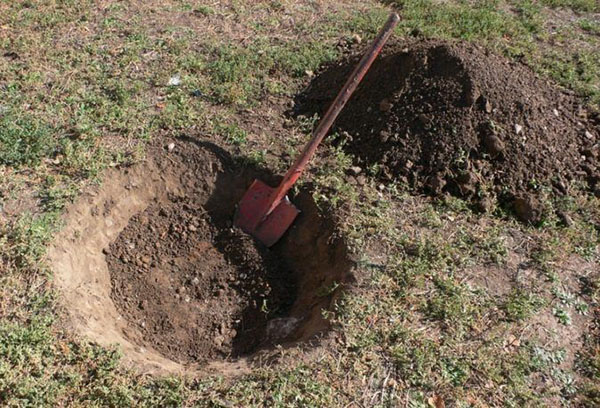
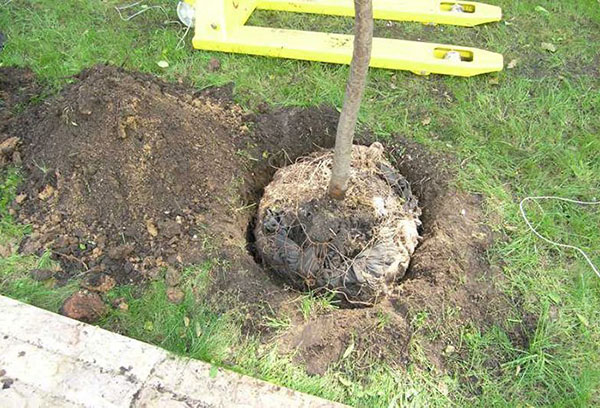
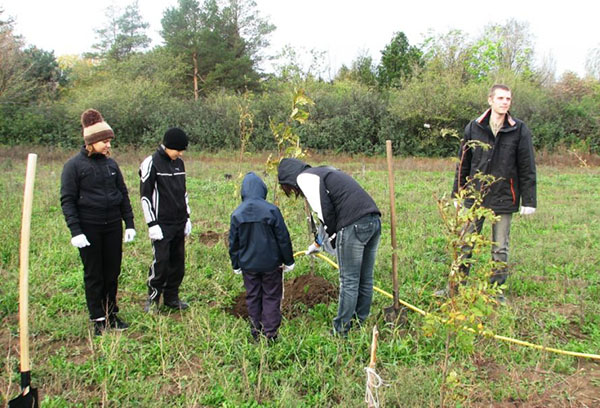
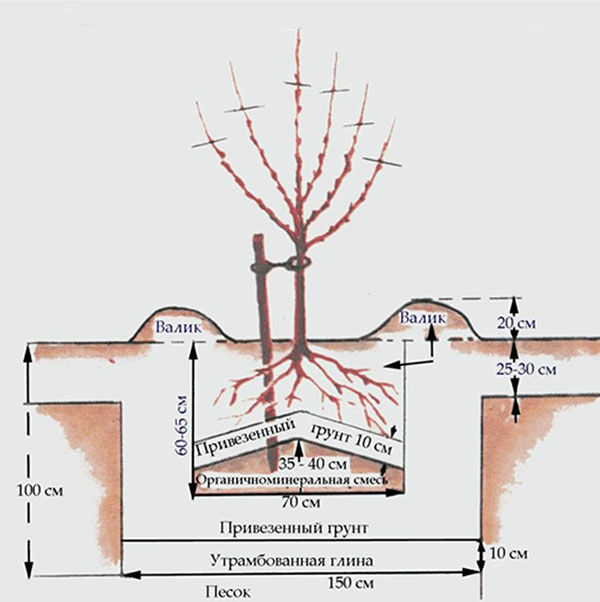
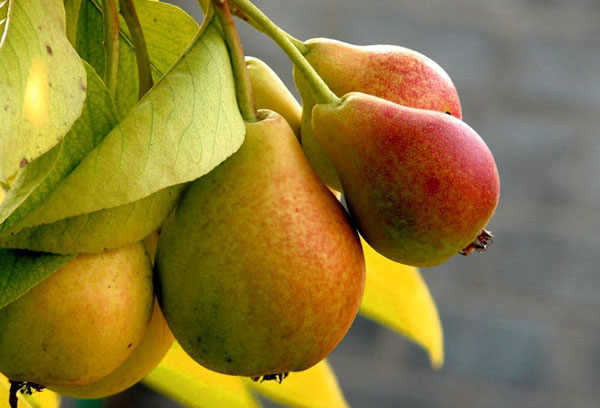
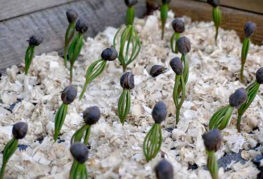
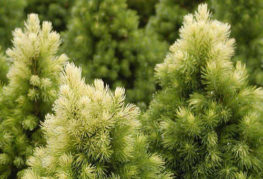
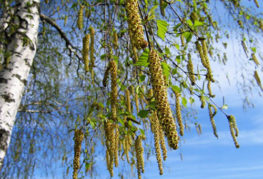
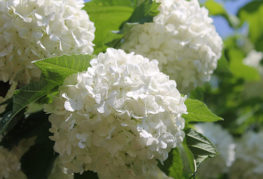
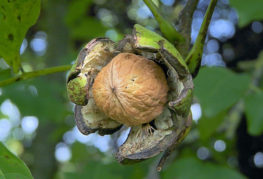
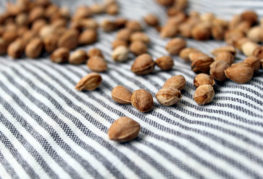
and will be published shortly.